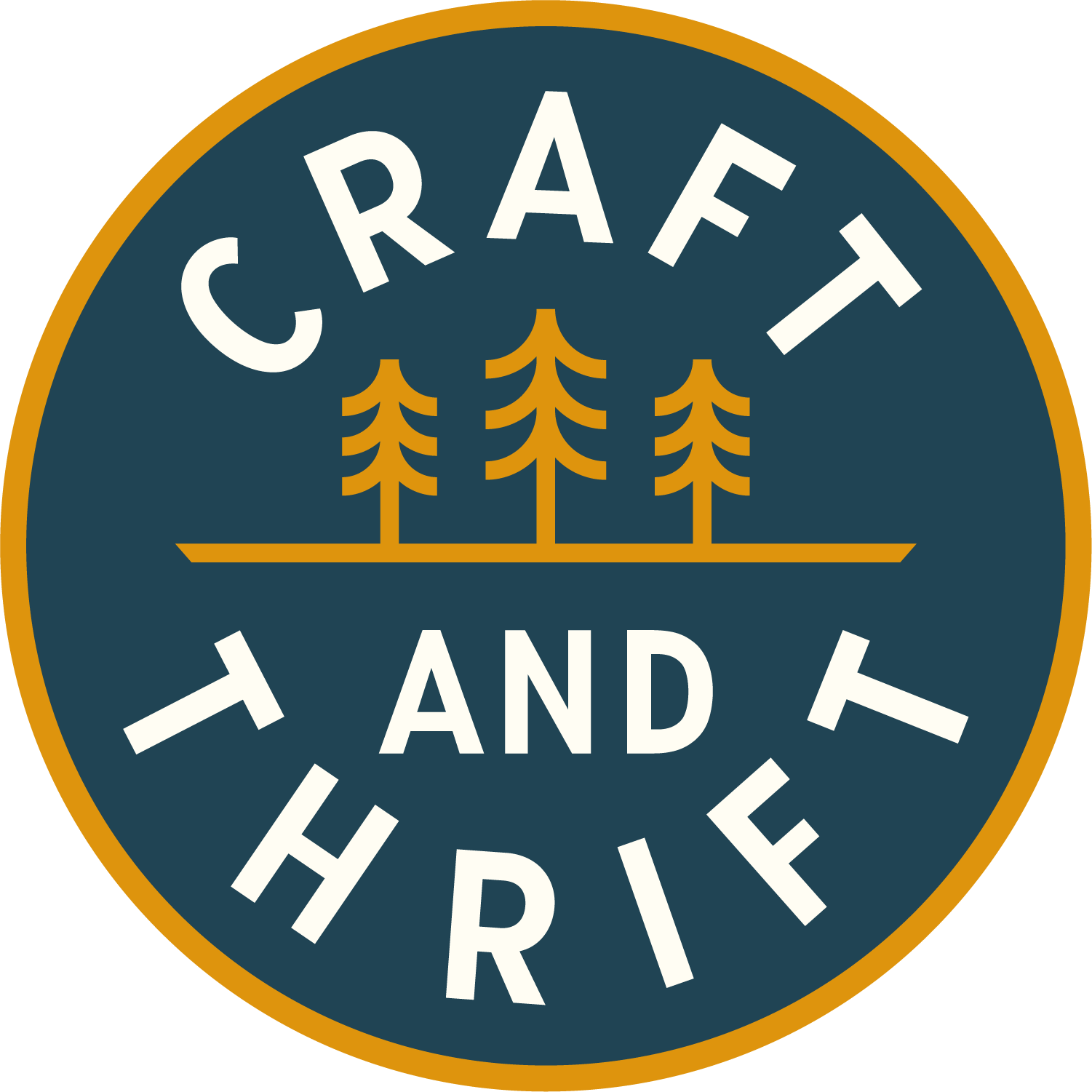Cashmere vest fail
A few months ago I was very kindly gifted a cashmere poncho by my boss. It was a piece of clothing designed to be worn on the bias, but had shrunk slightly in the wash, meaning it no longer lay nicely. Shannon left it in my cubby one night, as a surprise for my next shift. The fabric was a beautiful soft navy cashmere and I decided, in my wisdom (narrator: it wasn’t wisdom folks), that what I wanted to make was a waistcoat. I had a vintage 70s pattern I had been wanting to try and felt this would be the perfect trial.
In my defence, this made sense at the time. It was hot on the heels of my successful Aimee Sher Back to School Vest, which had introduced me to the under-armour concept of a wool base layer. I was wearing that vest constantly in autumn and winter, meaning a navy version seemed like it would be a great decision. How wrong I was…
You might think in the photo of the waist coat open, that it looks fine, right? What’s the problem Amy? Well, for a start, my plan was always for it to close, the pattern has buttons and buttonholes. The point of the base layer is provide warmth under an over shirt or jacket, so it doesn’t make sense if it doesn’t at least have the option to close. The pattern has a facing all the way round the edge, to provide stability and strength for the buttons. Sadly, the facing wouldn’t reach all the way round my waist. I don’t know if this is a function of vintage patterns, meaning my 21st century waist is larger than the 1970s expected, or that I mis-cut, but either way, there was no way it was closing. I had the same issue around the nape of the neck, that it wouldn’t lie nicely and the facing appeared too short. I removed the facing at the nape of the neck and the lower back, in an attempt to see if the wool outer layer was at least correct before I recut a longer facing in those areas.
You can see from the photo of my quizzical face holding the front closed, that it gaped at the neckline. It did close, once the too-tight facing was removed, but only once I pulled it straight at the back. Without this adjustment, you can see above how it pulled up at the middle of the back. There were a lot of fit issues going on and after messing around with it for a couple of evenings, cutting and re-cutting the facing, taking tucks and darts here and there, I gave it up for lost. RIP beautiful fabric.
You can see in the photo above, how wavy it was around the neckline. I quickly decided it wasn’t worth the time or effort in correcting the fit issues and relegated the larger remnants to my scrap bins, and the rest to the textile recycling. The pattern went straight to charity, I don’t need a vintage pattern making me feel bad about my 21st century dress size. I’m particularly gutted because in retrospect, I don’t know why I didn’t make a basic navy cowl. I wear my burgundy jersey cowl to death and a navy one, in a super soft cashmere, would have been the height of luxury AND practicality. You live and learn I guess, hopefully the thrifting gods will smile on me and I’ll find a cashmere sweater in a charity shop.
Overall though, I’m glad I tried. I very rarely regret experimenting with sewing, given enough time to get over the initial disappointment when a project goes awry. Generally I learn something, either about fabric choice, sewing skills or my personal style. This project taught me something about all three! So for that, beautiful secondhand cashmere, I thank you.




